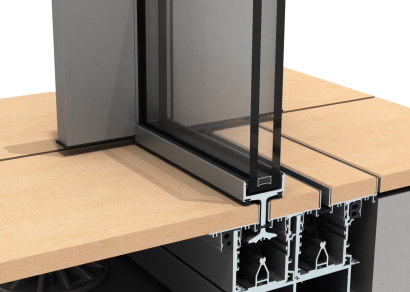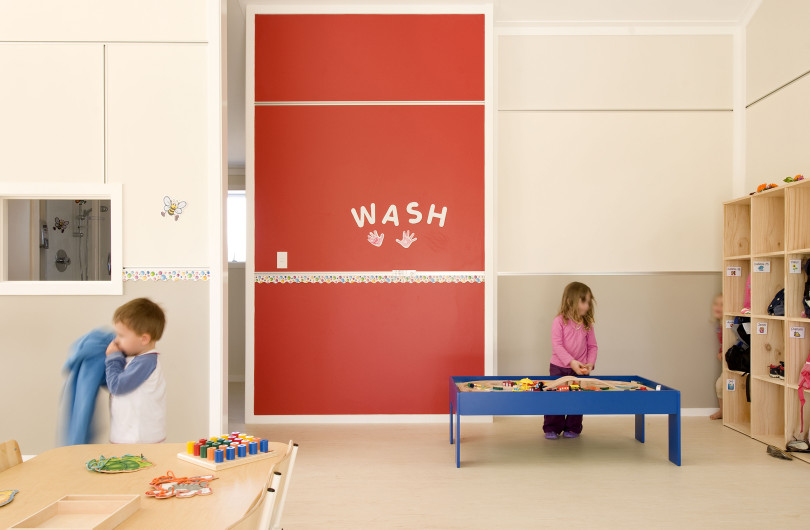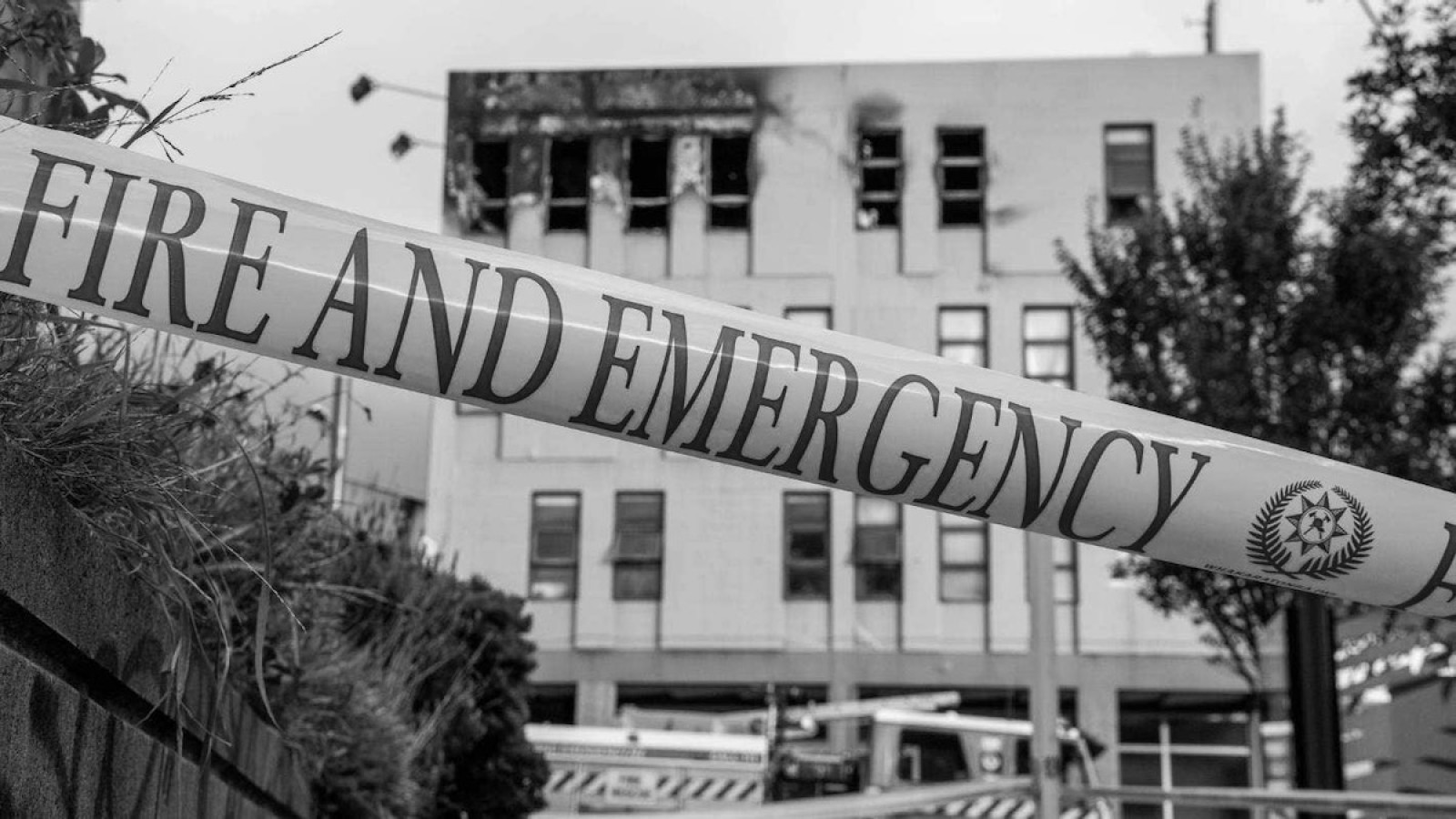The Loafers Lodge Fire
Loafers Lodge, built in the 1960s, is a picture book example of an old building which over time, has changed its use and is today a high occupancy building with emergency housing for the most vulnerable. The deaths caused by the fire at Loafers are a tragic turn of events, to say the least.
When looking at safety in the event of a fire, there are three crucial elements that complement each other to effectively prevent damage and loss of life: Occupant behaviour, fire department response and the fire safety design of the building¹. To achieve optimal building performance both active² and passive³ fire protection systems need to be use-specific, compliantly installed and function appropriately.
Even though the lodge had very recently received a Building Warrant of Fitness verifying that these specified systems had been inspected, maintained, and were in proper working order, five lives were claimed by the fire.
Let’s take a closer look at some of the relevant circumstances:
1. Building Performance:
- Buildings from the 1960s have no use-specific fire safety design: A boarding house like Loafers would today require a risk group SM fire safety standard.
- Old buildings have no regulatory requirements for upgrading passive/active fire systems, if not significantly altered.
- Inspections only happened every 5-6 years, instead of annually, due to a lack of workforce4.
- Investigations revealed that many of the passive fire separations were penetrated by services and the house was not sprinklered.
2. Fire department response:
- The fire brigade was underfunded and lacking staff to man the fire truck.
3. Occupant behaviour:
- Arson was the cause of the two fires.
A linear vs. a holistic approach
The circumstances are certainly particular to this incident but also illustrative of a systemic, multi levelled building performance issue in our country. Therefore, it is fair to raise the question how much a specified fire protection system, that is compliant on paper, is worth when a fire breaks out?
To answer this question, we need to remind ourselves that the requirements for the BWOF are stipulated in the NZBC. Such regulations however suggest a linear way of thinking, promoting simple, linear cause and effect connections. This view is too reductionist, merely adding sprinklers to older building stock is not going to solve the problem.
To understand the systems’ overall behaviour and to create sustainable solutions we need to consider the entire system and acknowledge the interplay of all relevant factors and stakeholders involved in fire safety.
The make-up of these situations tends to lead to finger pointing
This holistic approach also provides a further, often overlooked advantage in instances like this. As these situations are the result of a multitude of factors, they are especially prone to lend themselves to the diffusion of responsibility, or to put it more bluntly, finger pointing.
The result is a decreased responsibility each person feels to contribute and work towards accomplishing a solution. In situations that concern a wider portion of society, like the Loafers Lodge fire, this is especially prominent.
Instead of focussing on finding a single cause and blaming the fatalities on arson or failed sprinklers, for example, we need to reveal the role we, ourselves, play in the situation and take ownership and moral responsibility for our part and work on providing a solution.
As a supplier of liquid passive fire solutions, we focus on our responsibility and how our solutions can add to both an immediate and a long-term solution to the problems at hand.
Short- vs long-term: Two complementary strategies contributing to the same challenge
Being faced with an urgency to prevent events like this from happening again, we require short-term strategies addressing the immediate safety needs of occupants. These solutions must be quickly adoptable, with a focus on resolving the concrete fire safety problem at hand.
But we need to keep in mind that pure short-term strategies can only ever function as a bridge to a long-term solution. They are in place to ensure that the overall system is stabilised and can work adequately until more comprehensive changes can be made.
Complex situations, like the fire at Loafers, need long-term strategies (e.g., industry-relevant education), which take a holistic approach. These solutions reduce the need for short-term fixes by preventing problems in the first place, focussing on addressing root causes and achieving durable outcomes.
A short-term strategy that feeds into a long-term solution
We claim that the only feasible passive fire solution to upgrade fire separations in older building stock is one that can be both:
One that covers the short-term issues by providing immediate, high-quality fire protection while being minimally disruptive — preferably being able to upgrade passive fire systems in live buildings — and at the same time is designed to contribute to the long-term solution.
To be effective, solutions that are designed to do both must consider the entire system, the interactions of numerous components, as well as the stakeholders involved, from the very beginning.
Such a passive fire solution needs to be:
- Based on actual knowledge e.g., in the form of fire tests and testing passive fire components as systems.
- Based on expertise within the system, developing skills, knowledge, and resources that can be leveraged for the successful implementation of any long-term solution.
- Compliant, prioritising safety and mitigating potential risks. This includes addressing potential vulnerabilities and staying updated with or pre-empting evolving fire safety standards.
- Maintainable and supportable with well-documented specification, compliant installation, and straightforward repair and maintenance procedures.
- Scalable and flexible, designed to adapt to future needs, functionalities, accommodating growth, changing circumstances, and emerging challenges.
- Compatible and smart, integrating smoothly with the overall ecosystem without causing conflicts or dependencies that hinder long-term viability.
- Sustainable in terms of resources, costs, and environmental impact.
- Reliable, with a high level of availability, operating consistently and maintaining its functionality over an extended period.
- Cost-effective, offering a favourable cost-benefit ratio both in the short and long term. It delivers value that justifies its initial implementation and ongoing maintenance costs.
We know from experience that considering these criteria during the development of a passive fire solution will allow for it to effectively transition into a valuable component of a long-term solution, making sure houses are still safe 20 years down the line.
If we get away from the idea that upgrading passive fire protection equals adding or replacing plasterboard, we will understand that state-of-the-art intumescent coating systems tested to the local requirements, already provide a compliant solution that is ticking all these boxes.
Through the lens of systems thinking we can explore and develop effective action in complex contexts, starting by utilising intumescent coating systems as short-term solutions that can be implemented immediately to protect people’s lives now and make their living situation better and safer in the long run.
Conclusion
To initiate change, we first need to acknowledge that there is a problem.
Events like the Loafers Lodge fire remind us that the fire safety approach in our country needs urgent attention and unless we recognise these situations as the complex systems they are, we miss out on the opportunity to create lasting, long-term solutions.
Unfortunately, if the public is not inundated with headlines about the appalling condition our existing building stock is in, these circumstances tend to only cause concern for a short period of time. The fundamental issue yet persists: Our fire safety approach needs fixing from the ground up, not by camouflaging the issues with band-aid solutions that alleviate the pain for a while. We cannot wait until we are forced by legislation changes to act and take care of the issues we are facing; we need to act yesterday.
An essential fabric of the New Zealand society is to fix things ourselves and not wait for them to be rectified by others. We are the country of working bees, fundraisers, and volunteering. This community spirit and concern for our immediate surroundings empowers us and brings about change.
Let’s use this spirit and take responsibility for how we approach fire safety. Let’s work together and engage with everyone involved in the implementation of change. Let’s foster opportunities for dialogue, interdisciplinary collaboration, and shared learning which encourages everyone’s participation but more importantly, ownership in addressing systemic issues.
Everyone has a part to play in keeping people safe.
Let us be the basis for change.
- Building performance: Fire safety design (active & passive), choice of materials. Occupant behaviour: Fire training & management, knowledge, safety culture. Fire department response: Speed, available resources, technology & training
- Designed to directly combat the fire e.g., sprinklers, alarms, ventilation systems.
- Stationary materials keeping the fire to its area of origin e.g., fire separations, fire doors, fire stopping.
- “Loafers Lodge safety systems last checked by council inspectors five years ago”, RNZ.co.nz and 2021 MBIE building consent system survey




























 Most Popular
Most Popular Popular Products
Popular Products



